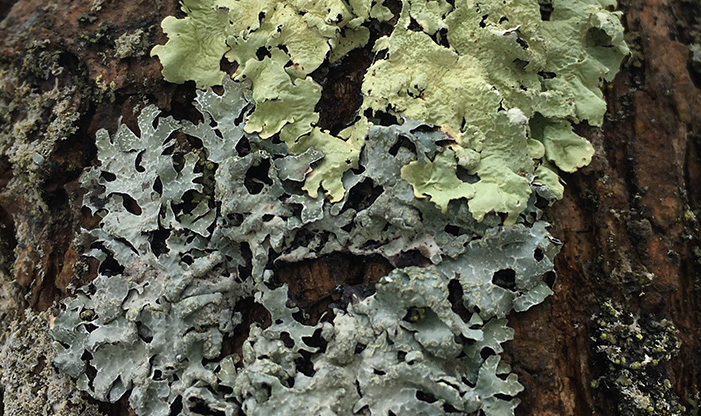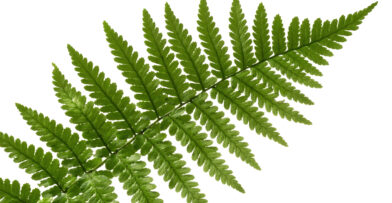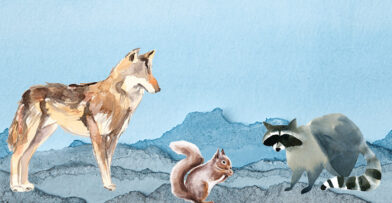Lichens are a complex life form made from a symbiotic partnership of two separate organisms, a fungus and an alga. They are found on trees, rocks, bricks or even sidewalks, and cover about 7% of the Earth’s surface. This diverse species has survived by being able to adapt to many challenging environments.
Characteristics of Lichens
Some lichens look like miniature branching bushes; some, a flaky, papery crust; others have long, hanging hairs, or tiny little cups, or just look like a powdery coating. They can be mistaken for moss, which is a plant that grows in similar locations, but mosses are not related to lichen. Some lichens grow relatively quickly, up to a few feet per year, and some extremely slowly, expanding only by a millimeter or so each year. They come in about every color, green, blue, and occasionally are red or yellow.
There are at least 18,000 species of lichen, each a unique combination of fungi and algae or cyanobacteria. Algae are a large group of plants that range from seaweed to single-celled organisms, but the main species found in lichen is green algae. Cyanobacteria (formerly known as blue-green algae) can also occupy this role in the fungi-algae partnership. These species are great at producing sugars and oxygen with the chlorophyll they contain.
Fungi provide the structure in which algae can do their photosynthesis work. New discoveries have shown that lichen contain two or even three types of fungi with their one algal partner. In this partnership, the fungi have access to the products of photosynthesis.
Survival of Lichens in Harsh Climates
The algae, with the protection of the fungi’s filaments, can grow in a much drier place than if it were on its own. Because of this, lichens can tolerate extreme climates like dry, arid deserts and freezing tundra. In places where true plants cannot survive, lichens are a huge contributor of oxygen to the atmosphere.
This may be important when climate change causes more extremes in temperatures around the globe. Lichens have the ability to simply go dormant when conditions are too severe, and the filaments of the fungi will protect the organism until conditions are better. In cold climates, lichens are able to photosynthesize even when frozen, obtaining water from snow and the saturated air. Some Arctic map lichen have been found to date back 8,600 years, making them the world’s oldest known living organisms.
But like anything, lichens also have their sensitivities. Lichen has often been used as an indicator of air quality, as some are very sensitive to pollution. Lichens absorb everything from the air, including harmful chemicals. Scientists can actually use lichen to evaluate air pollution in an area by extracting toxins from their fibers.
New lichens are being discovered each year and we’re learning more and more about their lives along the way. Numerous types of lichens flourish at the Center due to the moist, clean air, and are easy to see on the lower trunks of trees and the surface of large rocks, especially when using a magnifier. So next time you see a lichen, take a close look and see what you can discover.


